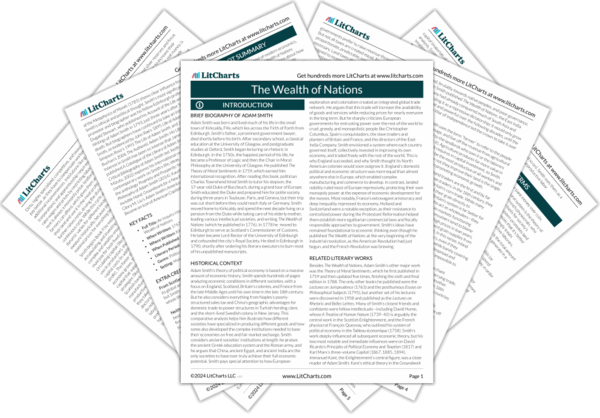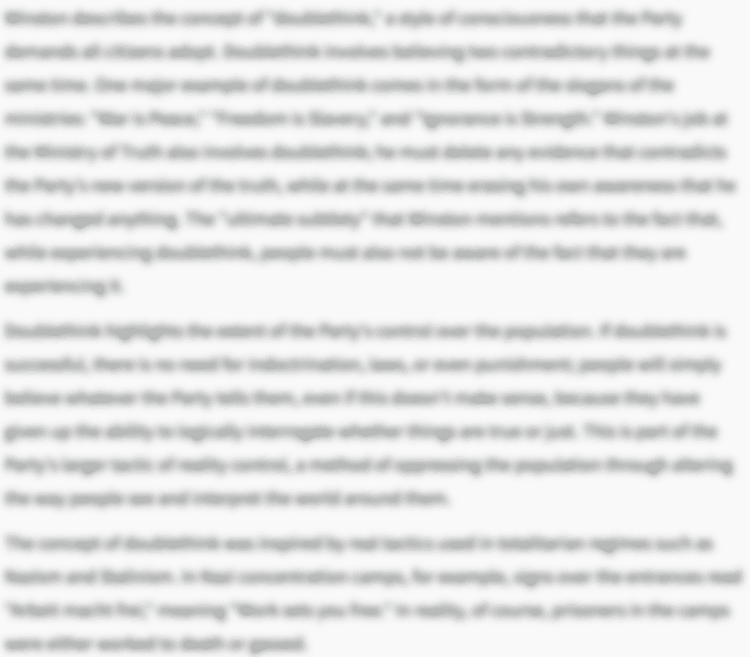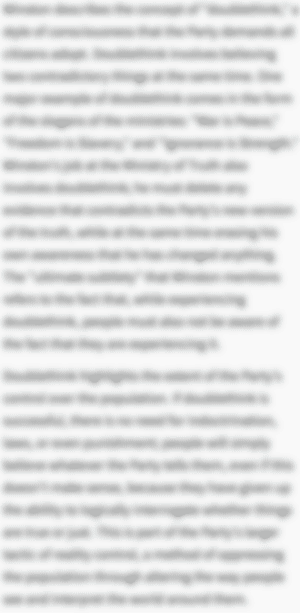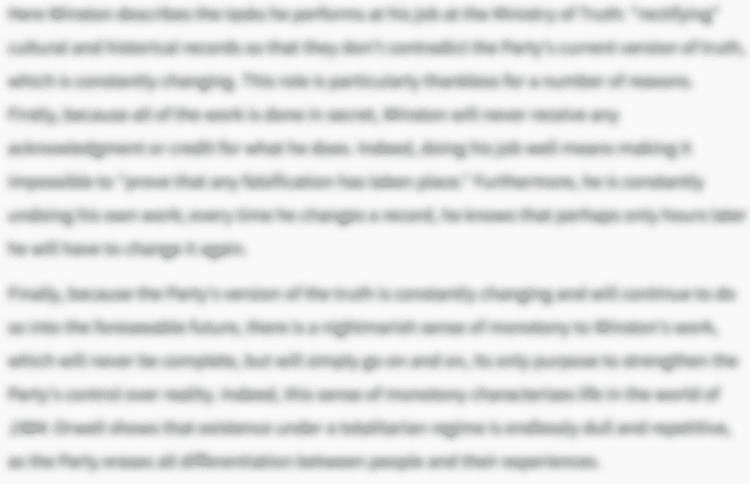Wages Quotes in The Wealth of Nations
As the price or exchangeable value of every particular commodity, taken separately, resolves itself into some one or other, or all of those three parts [wages, profits, and rent]; so that of all the commodities which compose the whole annual produce of the labour of every country, taken complexly, must resolve itself into the same three parts, and be parcelled out among different inhabitants of the country, either as the wages of their labour, the profits of their stock, or the rent of their land. The whole of what is annually either collected or produced by the labour of every society, or, what comes to the same thing, the whole price of it, is in this manner originally distributed among some of its different members. Wages, profit, and rent, are the three original sources of all revenue, as well as of all exchangeable value. All other revenue is ultimately derived from some one or other of these.

Unlock explanations and citation info for this and every other The Wealth of Nations quote.
Plus so much more...
Get LitCharts A+Rent, it is to be observed, therefore, enters into the composition of the price of commodities in a different way from wages and profit. High or low wages and profit are the causes of high or low price; high or low rent is the effect of it. It is because high or low wages and profit must be paid, in order to bring a particular commodity to market, that its price is high or low. But it is because its price is high or low, a great deal more, or very little more, or no more, than what is sufficient to pay those wages and profit, that it affords a high rent, or a low rent, or no rent at all.












